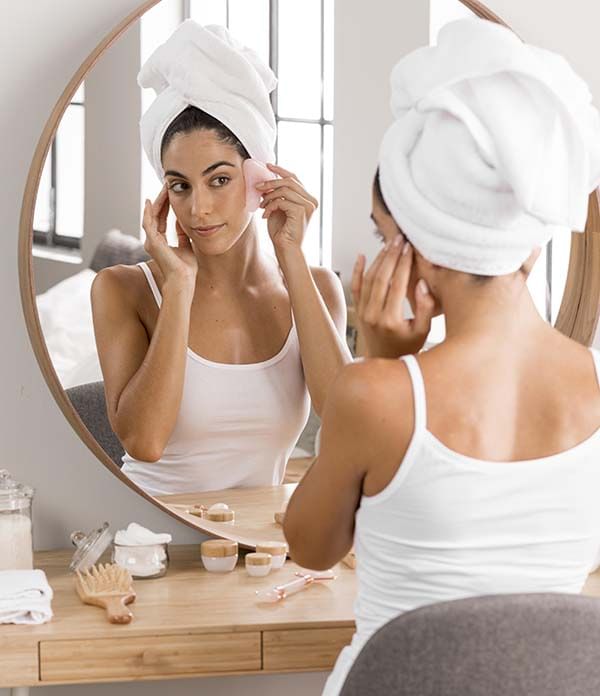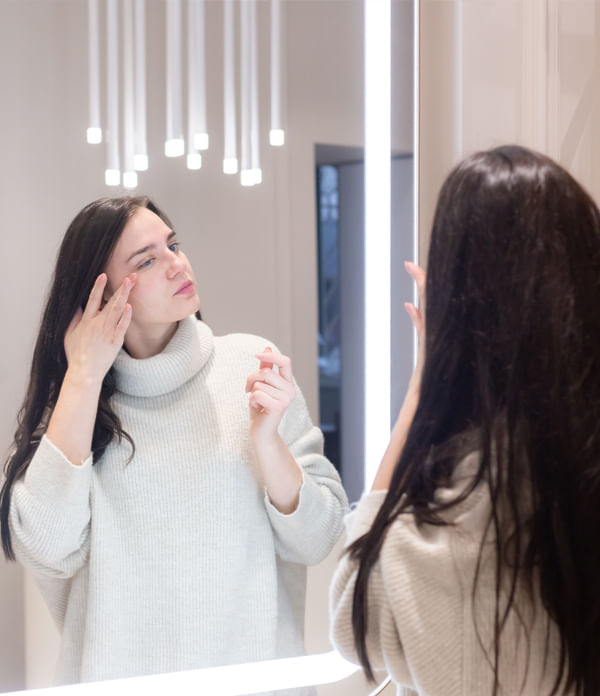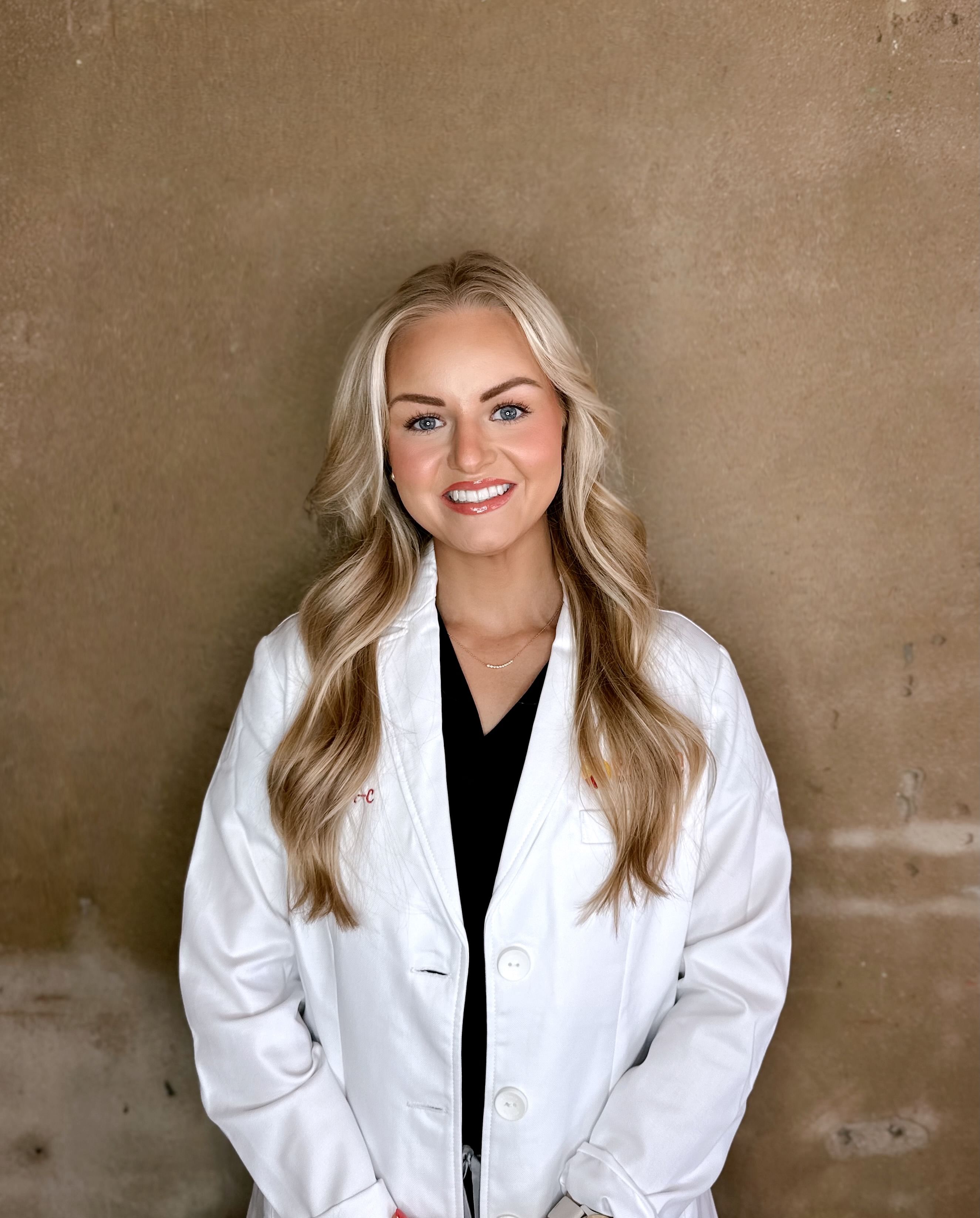Benefits of Regular Skin Cancer Screenings
Healthy skin supports comfort, confidence, and an active life. Regular skin cancer screenings serve as one of the simplest ways to protect that foundation. A short visit creates clarity about spots that look new or different, helps you catch trouble early, and gives you practical steps to keep your skin safer all year. At Benson Dermatology, we make screenings friendly, thorough, and easy to fit into a busy schedule, because prevention should feel accessible rather than intimidating.
The Big Picture: Why Skin Checks Matter
Skin cancer remains the most common cancer in the United States. The good news is that early detection transforms outcomes. Screenings find changes at a stage when treatment tends to be simpler, less invasive, and more successful. That means smaller procedures, quicker recovery, and fewer disruptions to work or family life. Regular checks also create a baseline for your unique skin, so tiny differences stand out during future visits. You leave with answers, not guesses, which helps you enjoy time outdoors with greater peace of mind.

Early Detection Saves Skin and Lives
Cancers such as melanoma, squamous cell carcinoma, and basal cell carcinoma often start as subtle changes. A mole might shift in color. A rough patch may not fully heal. These details can be easy to overlook in day-to-day life, especially on the back, scalp, or behind the legs. Dermatologists train to notice the early clues that most people miss. Catching problems early reduces the chance of deeper surgery, lowers the risk of scarring, and improves survival, particularly for melanoma. Regular screenings give you the strongest odds in your favor.
What Happens During a Screening at Benson Dermatology
A screening focuses on comfort and clarity. After a brief conversation about your history and goals, your provider performs a head-to-toe visual exam, including the scalp, behind the ears, between the toes, and other easy-to-miss areas. We use good lighting and careful technique to examine each region efficiently. If a spot looks suspicious, your provider may recommend a painless dermoscopic evaluation or a small biopsy to settle the question. You will hear what we see, why it matters, and what comes next. Education stays central through the entire visit.
Who Benefits Most from Regular Screenings
Everyone benefits from periodic checks, though certain groups carry higher risk. People with a history of sunburns, frequent outdoor work, or tanning bed use should schedule consistently. Fair skin, light eyes, or red or blond hair can raise risk, though darker skin tones can also develop skin cancer, especially on palms, soles, nails, and sun-exposed areas. Family history of melanoma or a personal history of skin cancer deserves special attention. A large number of moles, atypical moles, or a weakened immune system also calls for regular exams. If you are unsure where you fit, our team will tailor guidance to your background and lifestyle.
How Often to Schedule
Frequency depends on your risk. Many healthy adults do well with an annual screening. People with higher risk factors, a previous diagnosis, or a concerning number of atypical moles may benefit from visits every six months. After treatment for any skin cancer, your provider may set a more frequent schedule for the first year or two to ensure continued health. The goal is a cadence that catches change early without adding unnecessary appointments. We build that plan with you, not for you.
Sun Exposure Is Not the Only Risk
Sunlight creates ultraviolet radiation that damages skin cells over time. That remains a key driver of cancer, especially after childhood sunburns. Other sources matter, too. Indoor tanning delivers concentrated ultraviolet radiation. Certain medications increase sensitivity to light. Occupational exposures and environmental conditions can irritate or injure the skin. Genetics also plays a role. Regular screenings account for this entire picture, not just your sunscreen habits. That broader view helps you decide which prevention steps will make the greatest difference.
Benefits You Might Not Expect
Screenings deliver value far beyond cancer detection such as:
-
Scar-Sparing Care: Early treatment often means smaller procedures and neater cosmetic results.
-
Lower Stress: A clear plan quiets the mental loop of “Is that spot new?”
-
Smarter Self-Checks: You learn what your normal looks like, so at-home monitoring becomes easier.
-
Personalized Prevention: Your provider recommends sunscreen types, protective clothing, and routines that match your skin and schedule.
-
Medication Review: Certain prescriptions increase sun sensitivity; we help you adapt safely.
-
Family Awareness: Parents who understand warning signs often notice changes on children sooner.
-
Lifestyle Coaching: Simple tweaks to outdoor habits, travel routines, and hobbies can reduce risk without shrinking your fun.
Monthly self-checks support professional care. Use a well-lit room and a full-length mirror with a hand mirror for hard-to-see areas. Look for the ABCDEs of moles: asymmetry, border irregularity, color variety, diameter larger than a pencil eraser, and evolution over time. Watch for new rough patches, scaly spots, sores that do not heal, or streaks under nails. Photograph areas that worry you, then compare next month. Daily sunscreen with broad-spectrum protection and SPF 30 or higher belongs in your morning routine year-round. Clothing with a high ultraviolet protection factor, wide-brim hats, and shade breaks add reliable layers of defense.
First visits feel simple and supportive. You will complete a brief intake form covering health history, medications, family history, and sun habits. Your provider will ask about any specific spots you would like checked. The exam itself remains efficient while respecting modesty. If we need a closer look, a dermoscope helps reveal patterns beneath the surface. Questions are welcome at every step, and you will leave with written guidance, a plan for follow-up, and recommended products if helpful. Clear instructions make it easy to know exactly what to do next.
Modern dermatology uses tools that add precision to the human eye. Dermoscopy magnifies and illuminates structures within moles, improving accuracy. Total-body photography can help people with many moles or a history of melanoma track change over time. When needed, a quick, local anesthetic allows for a small biopsy that often takes only a few minutes. Pathology then provides a definitive answer. These tools simplify decisions, reduce unnecessary procedures, and speed up care when action is needed.
All skin deserves attention, regardless of tone or age. People with darker complexions should watch palms, soles, nail beds, and areas that receive chronic friction. Outdoor workers, athletes, gardeners, and frequent travelers benefit from extra sun safety planning. Children and teens pick up habits that last a lifetime, making family sunscreen routines valuable even on cloudy days. Older adults should keep regular screenings on the calendar, since cumulative exposure adds up over the years. Our team tailors education to meet each person where they are.
Treatment depends on the diagnosis and location. Many pre-cancers respond well to freezing. Some early cancers can be removed with a small in-office procedure. Other spots may require layered techniques that conserve healthy tissue while removing all cancer cells. Your provider explains options, likely healing time, and ways to support good cosmetic results. Follow-up visits confirm that skin is healing as expected and that no additional treatment is needed. Clear communication helps you feel confident during each step.
Prevention works best when it feels sustainable. Screenings typically take less than an hour. You can book them before work, during a lunch break, or after school pickup. If travel, sports, or seasonal work changes your schedule, we help you select a timing pattern that fits. Many people pair their screening with other annual checkups to keep wellness organized. That rhythm makes skin care just another easy part of living well.
Picture a runner preparing for a half marathon. Training means long hours in the sun. A routine screening finds a small precancerous patch on the shoulder that looks like a dry spot at first glance. Quick treatment solves the issue without derailing the race. Consider a parent who notices a new mole on the back that seems darker than others. A screening catches an early melanoma while it remains thin. That timely visit changes everything. These scenarios show how ordinary people benefit when screenings become a habit rather than a reaction.
Financial clarity matters. Many health plans cover medically necessary evaluations and biopsies. When questions arise, our team helps you review benefits before any procedure. Transparent pricing and step-by-step explanations keep surprises out of the equation. The real value comes from avoidance of complex surgeries, time away from work, or long recoveries that follow late detection. A small investment of time often prevents a large cost down the road.

Building a Year-Round Skin Safety Routine
Screenings anchor a simple plan:
- Schedule Your Baseline: Book your first comprehensive exam to establish reference points.
- Practice Monthly Self-Checks: Set a calendar reminder, then scan head to toe.
- Protect Daily: Apply broad-spectrum SPF 30 or higher every morning, even in winter.
- Gear Up Outdoors: Choose protective clothing, sunglasses, and shade when possible.
- Follow Your Custom Schedule: Keep your annual or semiannual visits on the calendar.
- Ask Questions Anytime: Reach out if a spot changes or a wound does not heal. Better to ask early.
Why Choose Benson Dermatology?
You deserve a dermatology team that blends expertise with kindness. Our board-certified dermatologists combine meticulous exams with clear explanations, so you understand what we see and why it matters. We prioritize comfort, privacy, and thoughtful pacing during each visit. You will never feel rushed through questions. Education comes standard, because informed choices lead to better outcomes. Flexible appointments, approachable staff, and evidence-based care create a smooth experience from check-in to checkout.
Take the Easy Step that Protects Your Future
Your skin tells a story worth protecting. Regular screenings keep that story strong, vibrant, and healthy. Early detection reduces treatment time, preserves appearance, and lowers stress. Practical prevention habits extend your freedom to enjoy the outdoors without constant worry. Benson Dermatology is ready to make skin checks simple and friendly for you and your family. Schedule your screening today, meet your care team, and leave with clear next steps to help protect your body’s largest organ.



